Virtual Drums
Contents
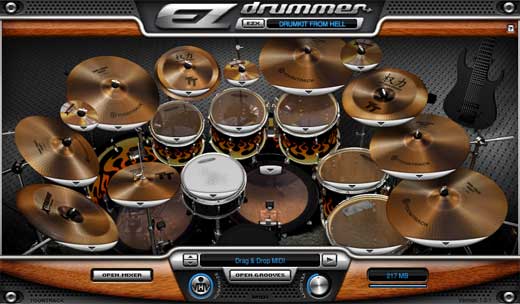
Virtual drums come in handy for a variety of reasons. Solo artists can use them to create backing tracks that are rock solid and on time. Improved sampling quality makes them a great choice for recording.
Drummers can get use out of them too. Drum programming software is ideal for writing new beats and trying out patterns to see how they’d fit together behind an acoustic set.
I’ve often used them to create more complicated pieces and to quickly see how parts fit together and how they’d sound.

For aspiring drummers that can’t afford a new set of drums or an electric kit then drum programs are the next best thing.
They allow you to create beats and learn the basics of drums without having to fork out a bunch of cash for a whole set.
Below you’ll find links to all types of virtual software, drum loops, online drum machines and more.
Virtual Drums – Programs & Loops
Below you will find links to many different music editing programs and virtual kits that will allow you to create beats, backing tracks, songs and more. You can even find some drum replacement software to get a perfect, professional sounding recording out of your own acoustic drum set recordings.
I’ve used drumagog (drum replacement plug-in) for a while now on my bass drum. I’ve never liked how my bass comes through on recordings, but with this plugin, it comes out sounding great and I still get to say, “Hey, that’s me” on the recording instead of, “I just programmed the drums”.
Play Drums Online
If you can’t wait for your software to arrive, or you just want to kill some time, you can play the drums on your computer (right now!) with the flash games below:
Free Drum Machines
I love freebies, so here are a few programs that you can download for free to create patterns, beats and songs.
For help with drum programming and beats, try pages below:

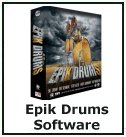
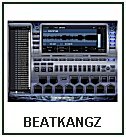
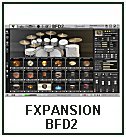
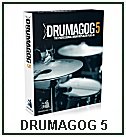
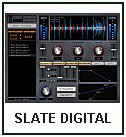

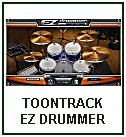
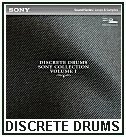
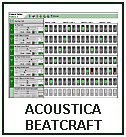

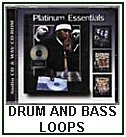
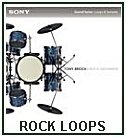

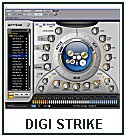
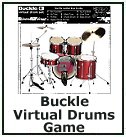

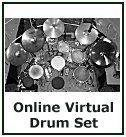
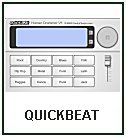
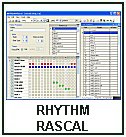

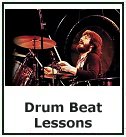

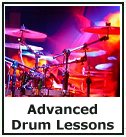


New! Comments
Leave your comments below.